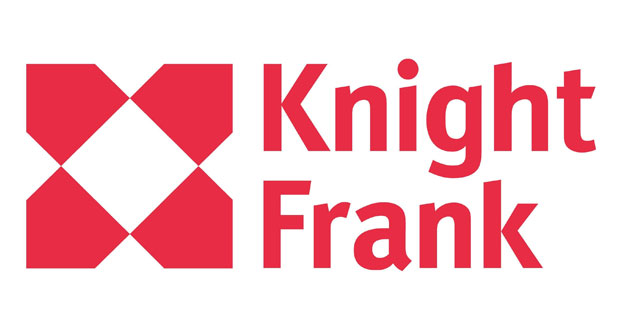UK Care Home Industry In Crisis Says Research
 – Occupancy rates hit record high –
– Occupancy rates hit record high –
– Continues to see loss in beds year-on-year-
Care home occupancy rates are at the highest levels ever recorded after a sixth consecutive year of increase and combined with another year of a net loss in the number of homes and beds, with 267 homes and 6,028 beds lost by the middle of 2018 already, the UK care home industry is facing an unprecedented crisis in the face of an ever expanding ageing population in desperate need of their services, according to the latest research by leading global property adviser Knight Frank.
The social care funding predicament continues to impact many local authority funded homes with almost 7,000 beds deregistered in this market in the last 12 months. The UK’s ageing population remains an unrelenting source of demand for the care home sector with occupancy rates hitting a high of 89.4%. At the same time, average fees outstripped inflation for the fifth consecutive year as operators looked to limit the impact of rising staff costs and generate the additional income required to invest in and improve the quality of care they provide.
Julian Evans, Head of Healthcare at Knight Frank, said: “The care home industry desperately needs new facilities to be developed and built otherwise we are going to see a crisis in care in the next few years. Investors are out there but developers need to build as the lack of available stock is the biggest barrier as opposed to a lack of investor appetite. The primary care and acute hospital care markets continue to gain interest from specialist property investors looking to capitalise on the inherent need for such assets across the UK − as expressed in the NHS five-year forward view. Much like other healthcare asset classes, long-term income streams and secure yields below five per cent continue to look favourable in the uncertain economic environment.
“We estimate that we require in excess of £15 billion to upgrade existing beds in order to future-proof and that approximately 6,500 care homes are at risk of closure over the next 5 years, which equates to 140,000 beds.
“Due to the scarcity of stock and a continuing ageing population driving demand, the investment appetite for care homes remain strong and there are opportunities for both investors and developers across the entire UK.”
“There has been a clear change of investor profile into the UK with US REITs accounting for only 6% of all major UK care home transactions since 2015, compared to 46% between 2013 and 2015; APAC and infrastructure funds are now firmly the new money in town. Debt markets arguably remain cheap, and cap rates seemingly at record pricing, but as open ended funds and institutions divest out of retail to focus on ‘alternative’ sectors, combined with overseas capital, UK healthcare will remain a very competitive sector to invest in.”
Evidence suggests that the care homes that are closing are due to a range of factors including the continued impact of the National Living Wage that has further affected an already constrained labour market and ongoing staffing challenges including an acute shortage of qualified nurses. In addition, many buildings are not fit for purpose whilst there is insufficient funding available for reinvestment into existing care homes, combined with building material inflation costs which has served to restrain new care home development.





